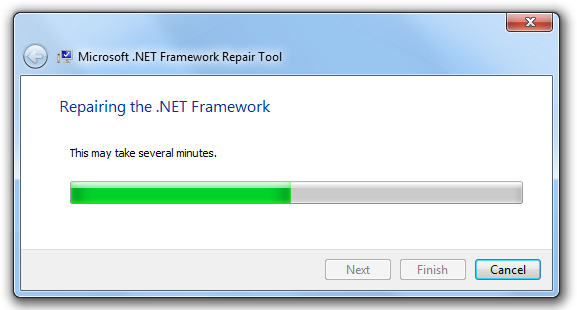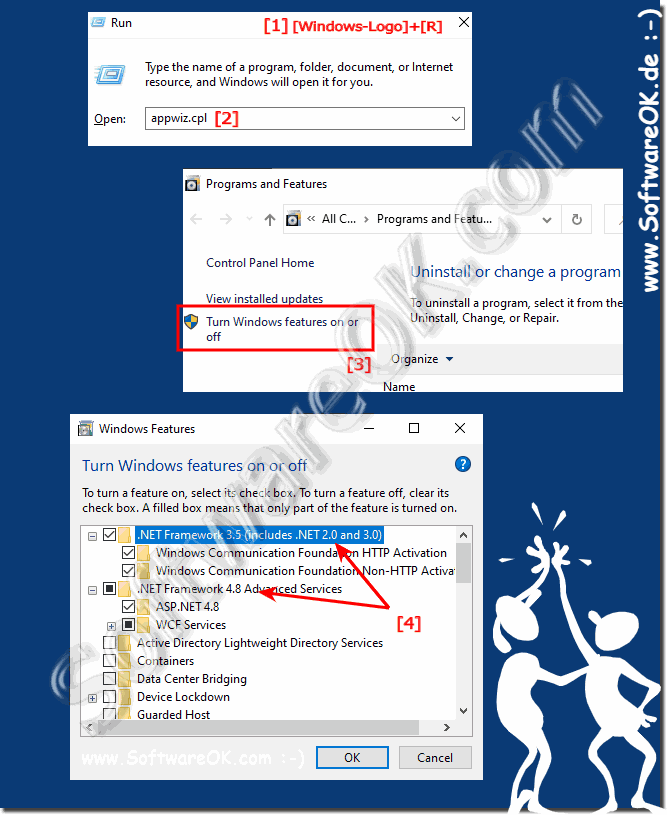
PowerShell users will only get a glimpse of the components being removed if they include the "-Whatifswitch" with the Remove-WindowsFeature command.UPDATE: Exchange Server 2013 CU13 and Exchange Server 2016 CU2 now support. That limitation also can be an issue for PowerShell users who remove the. NET Framework won't see that they are also deleting the Server Graphical Shell component, as well as the User Interfaces and Infrastructure component. They may not get alerted about the components that will get deleted.įor instance, IT pros that use DISM commands to remove the. There are some additional precautions for those who might use scripting, instead of the Windows Server Manager graphical user interface, to remove. When that happens, IT pros will just be left with a command prompt to manage the server. NET Framework is removed, it also deletes the graphical user interface for Windows Server 2012 users. That advice is conflicting, and it seems to have tripped up many an IT pro, per the blog post. Net Framework on Windows Server 2012/2012 R2." "In some given circumstances, there may be a requirement to remove/re-install.

NET Framework," a Windows Server Core team blog post states. However, Microsoft's support team is saying that IT pros just shouldn't do it. In some cases, removing it may be listed as a requirement by Microsoft in order to use Windows Server 2012 and Window Server 2012 R2. NET Framework might seem like the right thing to do. NET Framework versions.įor organizations upgrading their servers, removing the old.


Microsoft this week warned Windows Server 2012 users against uninstalling older.


 0 kommentar(er)
0 kommentar(er)
